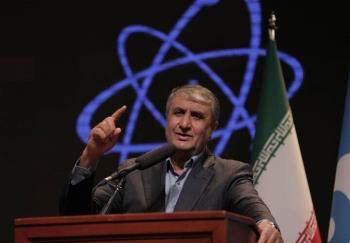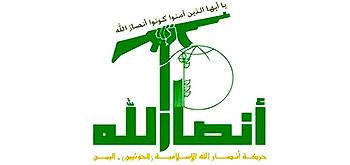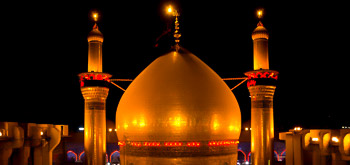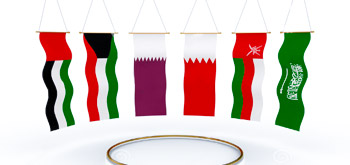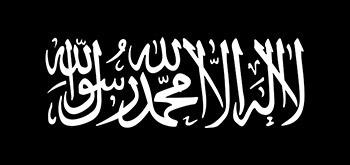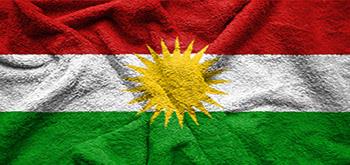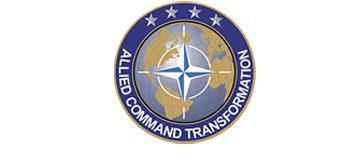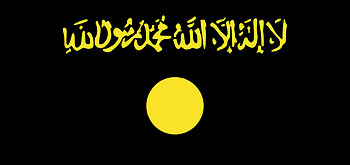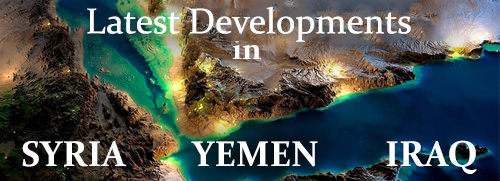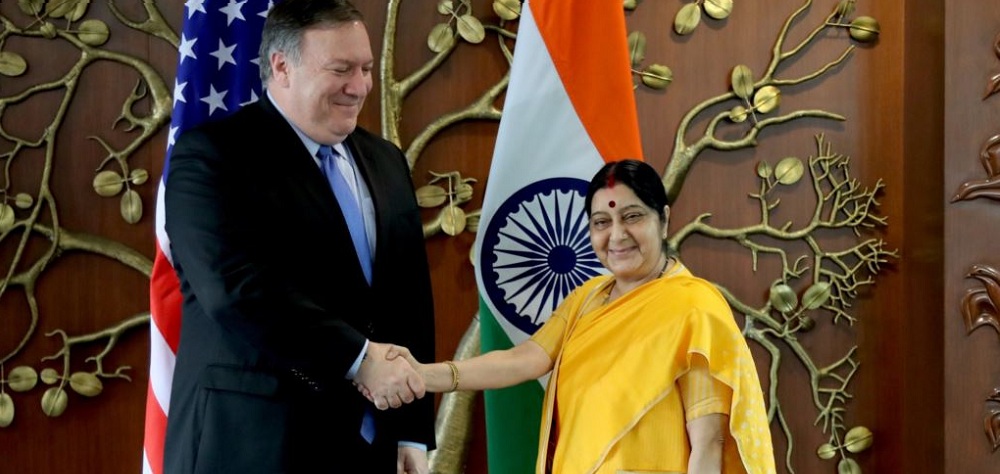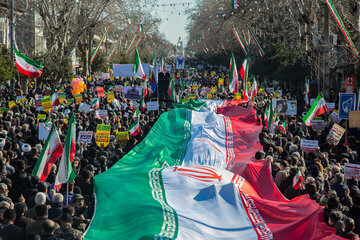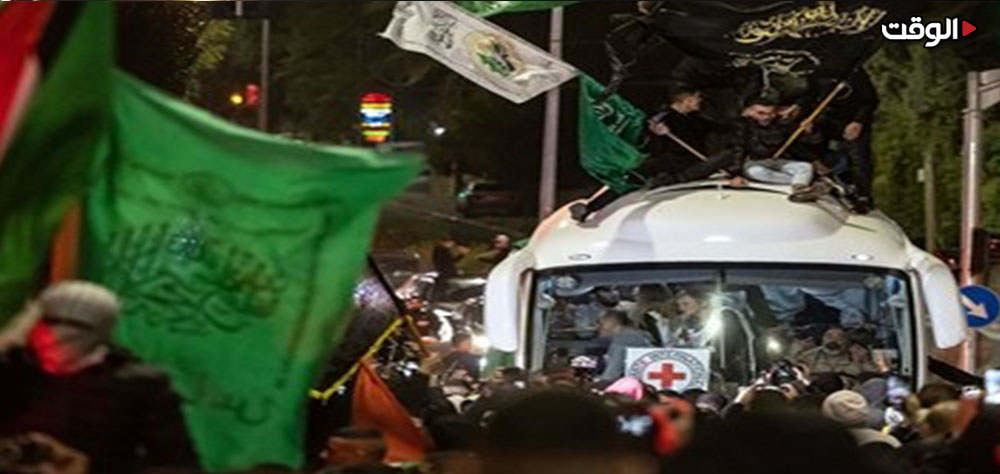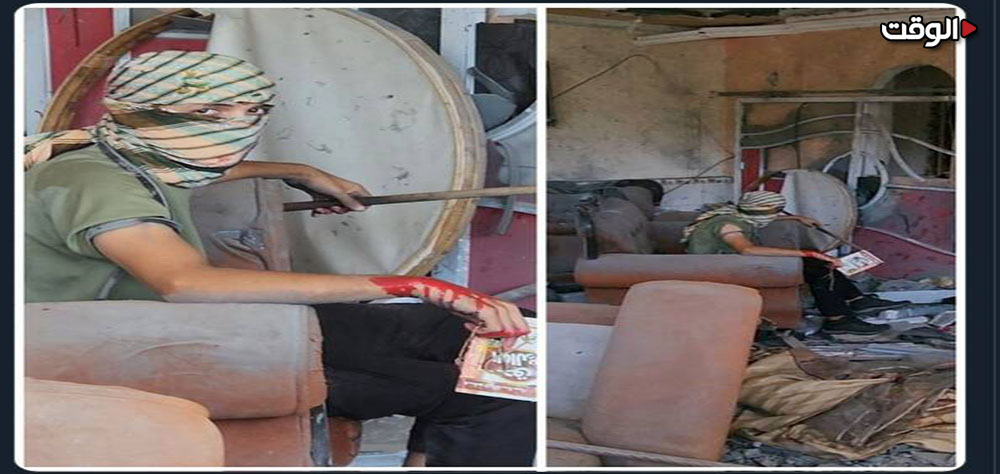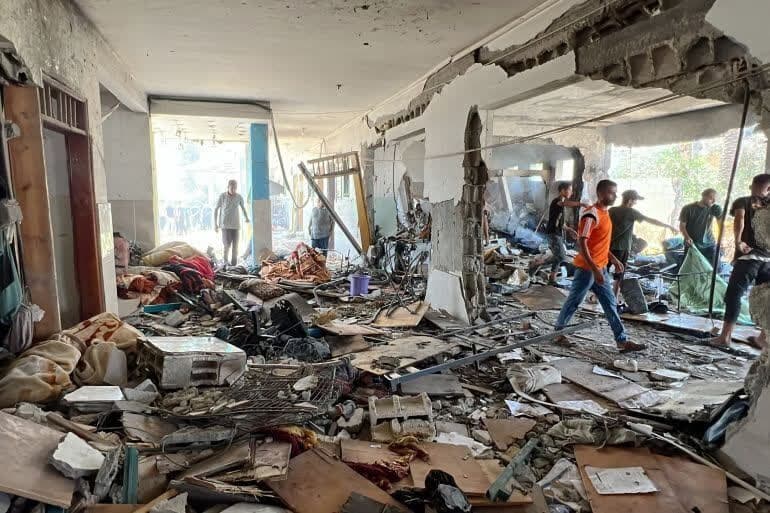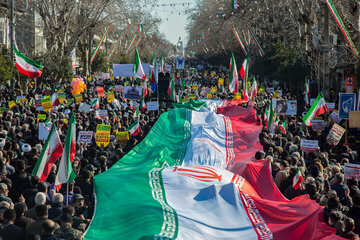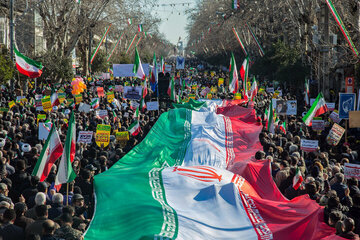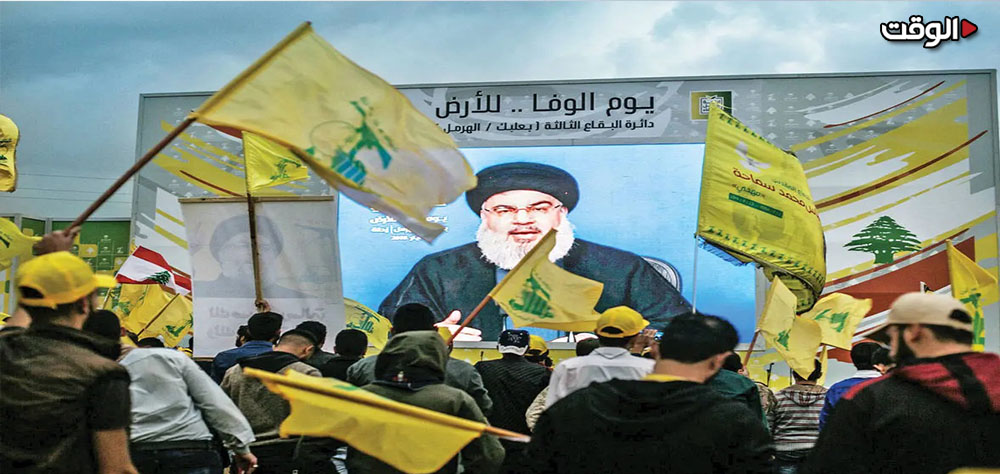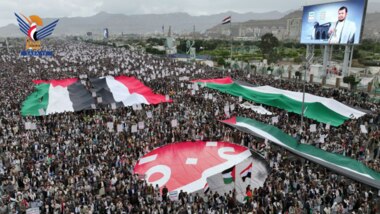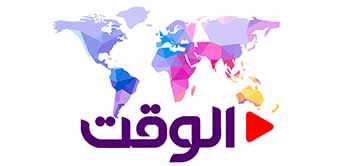Alwaght-The US Secretary of State Mike Pompeo is scheduled to visit India on June 27-28. He will meet with Prime Minister Narendra Modi and Foreign Minister Subrahmanyan Jaishankar. The visit comes as recent parliamentary election in India once again put Modi on the top of the nation’s politics. Pompeo appears to basically seek two goals: First, coordinating the Washington-New Delhi positions in world developments and second preparing for a bilateral between Modi and the US President Donald Trump on the sidelines of the upcoming G20 summit in Tokyo, Japan. In a broader view, three economic, security, and political drives are behind Pompeo’s India trip.
Seeking calm to US-India trade war
One main issue now the US administration is focusing on in the relations with India is deescalating trade war that started between the two countries a couple of months ago. Since his assumption of power, Trump concentrated on narrowing the trade deficits with various business partners, even if they were Washington’s traditional allies. India is one of the countries whose $140 billion annual trade with the US makes it of positive trade balance. According to the figures, the Indian trade surplus with the US is not so much. In 2018, the reports suggest, India exported worth of $54 billion goods to the US while it imported $33 billion from the American manufactures.
Initially, the American president criticized India’s tariffs on American motorcycles and some of the beverages. Then he removed the Indian exemptions from the trade tariffs with the US. And finally walked out of the trade agreement with India this year.
In response, New Delhi chose to take reciprocal measures. The first move was imposing 70-percent levies on some of the American goods including almond, legume and some chemical products to officially hit back in a newly-ignited trade war.
While Trump has just opened a new front in the trade war in addition to other fronts with such powers as China and the European Union, the new Indian cabinet has shown that it was resolved to continue to push back with no plan to retreat. Modi does not seem to intend to yield to Trump’s demands just to save the Preferential Tariffs Treatment (PTT), a special trade privilege the US offers to New Delhi. The Indian Minister of Commerce Piyush Goyal in a statement asserted that his country now is in good economic conditions enabling it to tackle the ramifications of the commercial war. He highlighted the independence and national interests as two issues superior to everything.
Such comments by the new commerce minister indicate that the trade war between the two powers is inclined to worsen, carrying the potential of damaging the global economy should it go without limits.
So, Pompeo’s visit can be taken as an initiative to manage the commercial conflict between the two sides. In fact, Trump and his advisors dream of ultimately seeing India bow to their demands and allow the trade gaps with the US to be bridged. But managing the trade war in a short run does not seem possible for the US administration.
India seeks waivers from Iran oil sanctions
Yet another reason Pompeo will visit India is the discussions surrounding India’s demand for exemption from the embargo on the Iranian oil. Trump in May ended waivers for a couple of countries buying Iranian oil, asserting that he will sanction those who continue to import oil from Tehran.
New Delhi leaders have officially announced they do not intend to follow the unilateral US ban on Iran’s oil and only recognize the UN-approved sanctions. The US president reposed the sanctions in May last year after he withdrew from Iran nuclear deal, signed in 2015 between Iran and six world powers— the US, China, Russia, Germany, France, Britain. However, after the end of the date of the waiver, it seems that India has reluctantly joined the US in pressures against the Islamic Republic by reducing oil purchases.
But Iran is the third most significant oil supplier to the emerging economic power after Saudi Arabia and Iraq. Over the past 12 months, the country imported 22.6 million tons of crude from Iran and maintained friendly relations with Tehran. With this in mind, the Indians could ask for new exemptions in their discussions with the top US diplomat.
Buying Russian S-400 missile system and India’s relations with US rivals
Pompeo will very likely also talk security with New Delhi and Washington’s confrontation of its so-called enemies around the world. In 2017, the US Congress approved Countering America’s Adversaries Through Sanctions Act (CATSA). The act stood basis to new sanctions on Russia, Iran, and North Korea. Section 231 of CATSA asserts that countries with contracts with Russian security and defense sectors will be covered by the American sanctions.
The White House now is strongly opposed to India buying Russia’s state-of-the-art S-400 air defense system. It goes even farther openly threatening New Delhi with sanctions and punishment should it proceed with the purchase of the game-changing air defense. As an incentive to New Delhi to avoid the Russian-made system, the US officials over the past few weeks have said that they are ready to sell India a range of arms including the THAAD and Patriot anti-aircraft and missile systems and F-35 fighter jets. With this in mind, Pompeo will discuss with the Indian officials the S-400 systems even more seriously and offer American alternatives and even more to the Russian weapon.


